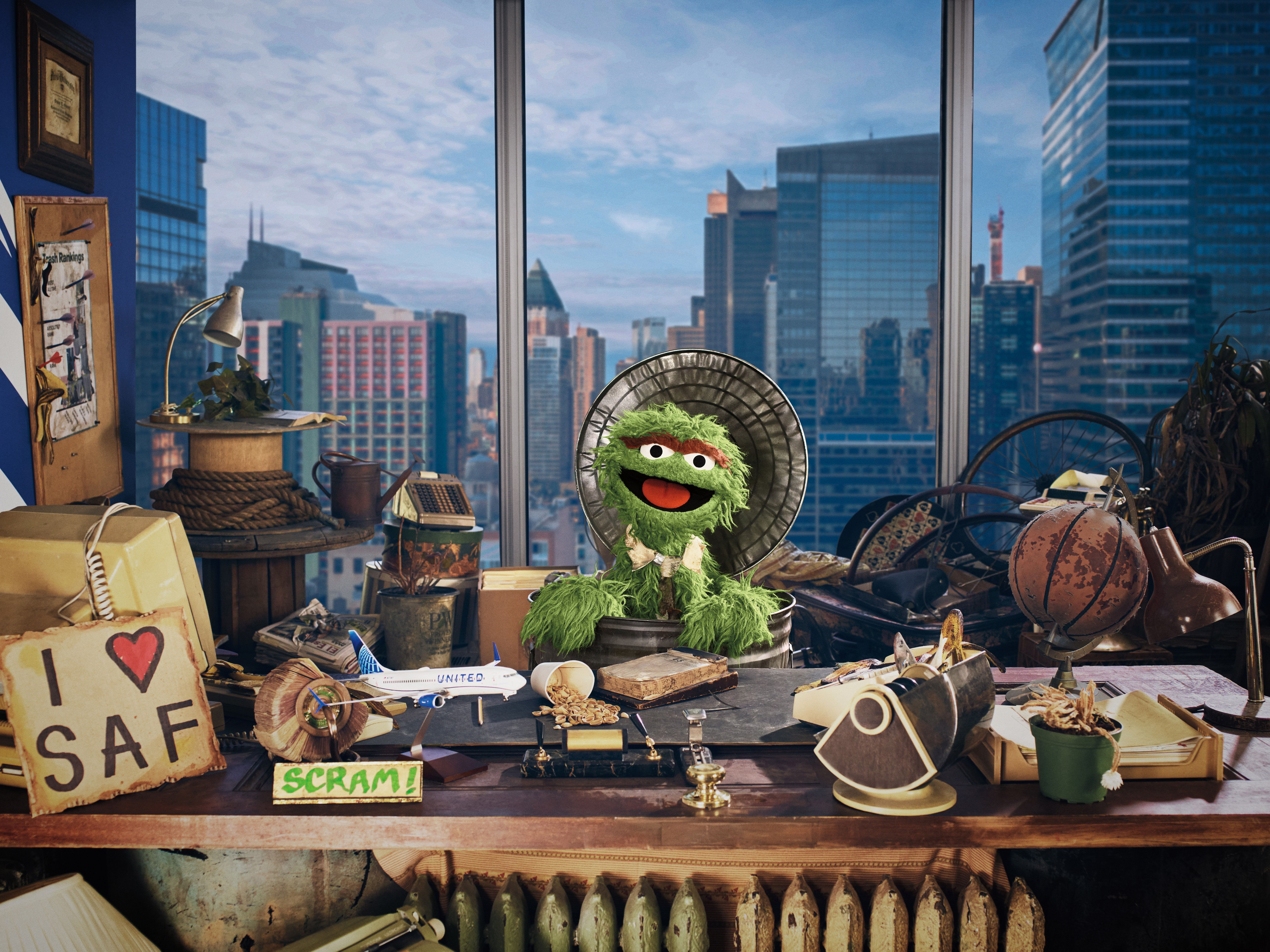Helen Sharman OBE was the first British person to go into space. In May 1991, aged 27, she spent eight days orbiting the Earth as part of a mission to the Soviet Mir space station.
In celebration of her life’s work and significant achievements, ADS has named a room in their London office after Sharman.
Speaking to FINN to mark British Science Week 2023, Sharman discusses her pioneering journey into space, and the advice she would give to the next generation of astronauts.
What was it like orbiting Earth?
Knowing I was travelling at 8km per second but feeling completely stationary, without any sensation of wind, engine noise or the usual bumps of a journey, was surreal. But when I glanced out of the window and saw Earth passing by, the reality was clear.
The Earth is tantalisingly attractive. The blue colour of the oceans seems to come from way down, brilliant white clouds reflect sunlight back into space so much that it hurts your eyes to look for long, and I could make out long straight roads crossing brick red deserts.
The view from orbit changes constantly: it took 92 minutes to go all the way round Earth and in that time the planet had spun round by 23 degrees, so there was a different part below. And all this while floating by a window feeling weightless – the most natural, relaxing feeling I have experienced.
How did you become an astronaut and what advice would you give to the next generation of space pioneers?
As it is for most jobs, I just applied. A new mission to send the first British astronaut into space to carry out experiments on the Mir space station was announced on the radio and in the weekend newspapers (it was the days before we had a public internet); I heard the radio announcement calling for applications.
It wasn’t anything that had been available to me before, but hearing of an opportunity to train with cosmonauts, to learn about space science and technology, and to combine all that with Russian language and fitness training, sounded like my dream job.
However, thinking that I wouldn’t stand a chance against all the others who were bound to apply, I nearly let it go. I think people are often the biggest limitations in our own lives. We should push forward not only our own individual boundaries, but also the boundaries of what humans believe is possible.
There’s a huge amount we can do and we should make best use of our lives, for ourselves and for the rest of the world.
What was the most memorable thing about your spaceflight?
Following an intense training period and then our launch, my crew and I had a pretty close relationship by the time were preparing to dock with the space station. A faulty antenna forced us to choose between a manual docking or aborting the mission and returning to Earth.
We had trained for both scenarios but neither was ideal, especially given that at the time, all three crew members had docking roles to play and two of us were in space for the first time. We chose to perform a manual docking, trusting each other with our lives.
Floating into the station, I had an all-encompassing sense of camaraderie, a feeling that lasts with me today. Together with our friends and colleagues, we can make amazing things happen and our lives richer in the process.
What excites you about science and STEM?
For me, science explains life and the world around me, or at least goes part way, because the more we discover, the more we realise there is to discover. With STEM, we can improve lives with everything from medicine to communication and household gadgets, but STEM also enables us to tackle global challenges like sanitation, pandemics and climate change.
I would love everyone to embrace STEM as part of daily life, just as we do music and art, and for us all to engage with STEM issues in public debate.
Would you go into space again?
I would jump at the chance to feel weightless for myself and my experiments, to experience the camaraderie and to contemplate those amazing views again. Yes!
What message would you send to young people considering a career in aerospace?
It’s an exciting time for the aerospace industry, with big and small companies collaborating with each other, universities and government to develop aircraft and spacecraft fit for a rapidly changing world. Whether you’re interested in drones for surveillance, hypersonic flight or astronauts landing on Mars, there is a great variety of opportunity, and with the current talent shortage, your skills are likely to be in demand.
Increased commercialisation in the space sector is opening up a new space economy that is growing rapidly, alongside the technology that supports it. You don’t need a STEM qualification to work in the aerospace industry (economists, for instance, are just as vital in aerospace as they are in banking) but if you do have an interest in STEM, you can have a fascinating and rewarding career shaping the future of flight and exploring space.
What does it mean to you to be honoured with a room naming at the ADS London office?
The UK aerospace, security, defence and space industry provides vital capability and services, often at the forefront of technology, improving lives and strengthening the economy. I am absolutely delighted to have an ADS Group room named after me – it’s a great honour.
I like to think that people using this room will enjoy collaborating to push forward perceived boundaries, creating mutual benefit and ultimately making the world a better place.
Subscribe to the FINN weekly newsletter

